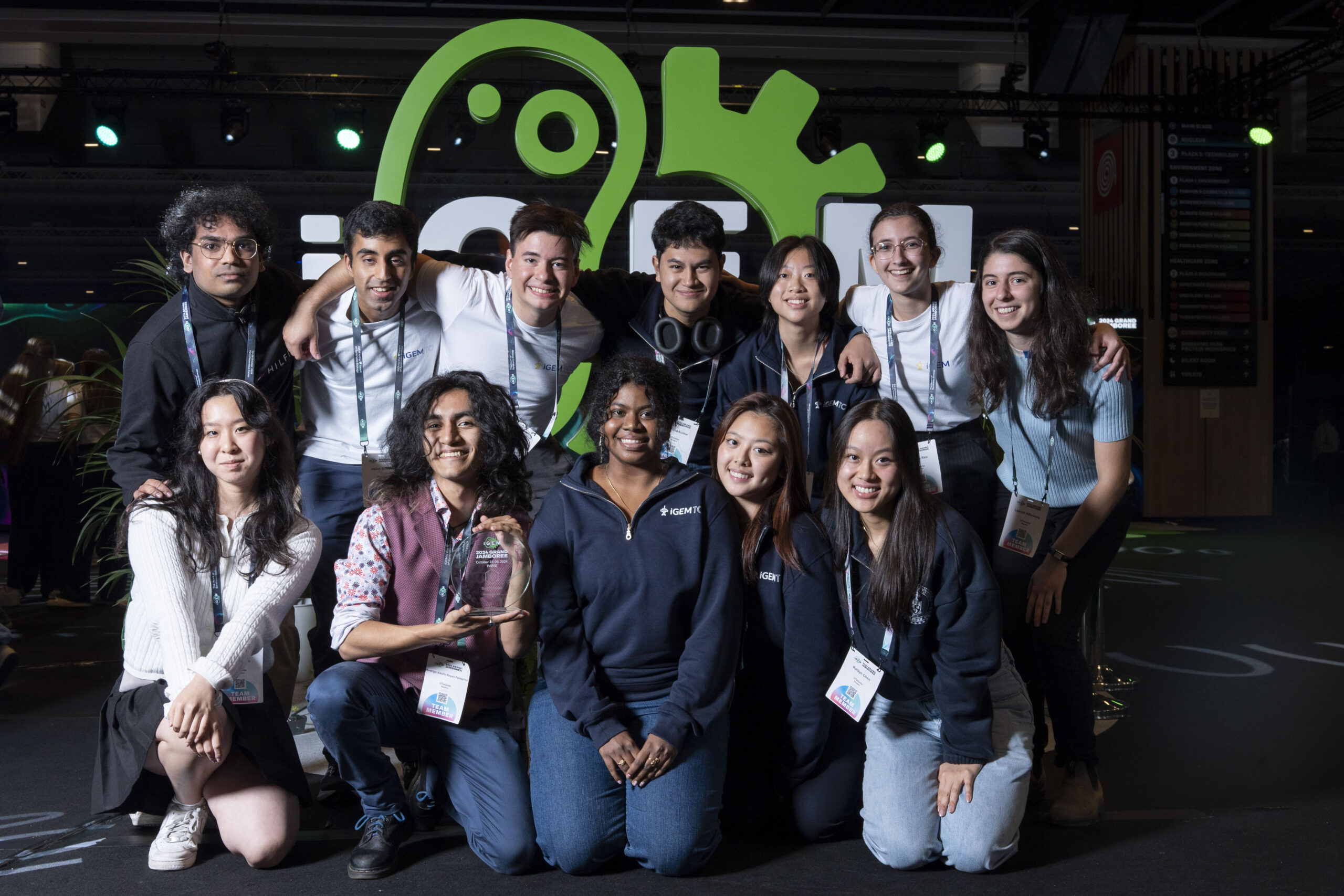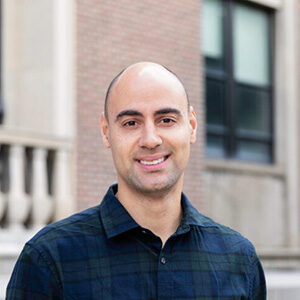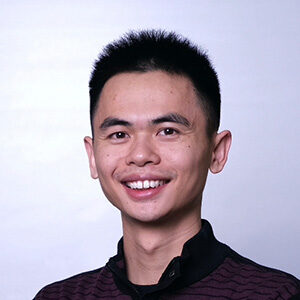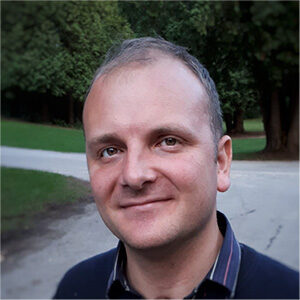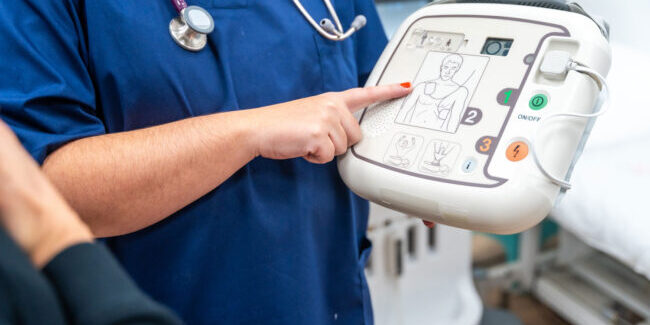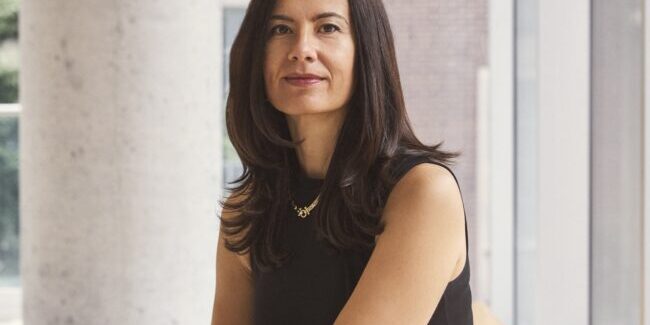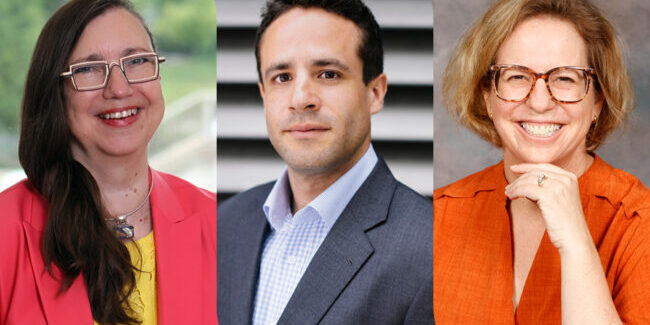A U of T Engineering student team working on synthetic biology research and innovation has achieved its best results to date at the International Genetically Engineered Machine (iGEM) competition, with a platform to counter so-called superbugs that resist antibiotic treatment.
The annual event, held in Paris, France from October 23–26, is the world’s largest synthetic biology competition, attracting over 5,000 attendees.
The iGEM Toronto team competed against more than 400 teams from 48 countries and placed in the top 10 of the overgraduate category — which comprises of teams with at least one graduate student. They also received awards for the best model and best entrepreneurship.
“Our grand goal as a team is to generate new DNA sequences and create entirely new genomes using machine learning models,” says Jaden Bhogal (Year 3 EngSci), who is co-president of iGEM Toronto along with Amogh Manivannan (Year 3 ChemE).
“But we’re starting with the simplest proof of concept, which is making new plasmid sequences, which are small, circular pieces of DNA that are found in bacteria and other organisms.”
With the support of their academic advisor Professor Christopher Lawson (ChemE), who is also core principal investigator at U of T’s BioZone, as well as Professors Michael Garton and Freeman Lan (both BME), the team started working with plasmids from E. coli bacteria to see if they could generate new sequences and validate their functionality, both computationally and in the wet lab.
“Plasmids are a fascinating but much under-studied form of life in the microbial world. They aren’t alive, but like viruses, they take on a life of their own. They have tremendous impact on microbial ecology, evolution and biotechnology,” says Lan.
“In some ways, they are the simplest form of life and so it is a natural starting point to generate life by artificial intelligence.”
“Our aim is to leverage the existing data that we have about different organisms and plasmid sequences, and be able to teach a machine learning model to understand what a plasmid sequence is, and generate novel sequences,” says Adibvafa Fallahpour, a third-year student studying computer science and neuroscience, who is part of the dry lab sub-team.
“Down the road, once the model is able to generate sequences, we would then condition it to develop sequences that might be antibacterial or have different medically beneficial properties.”
When the team was looking for a problem to tackle with their platform, which is called Plasmid.AI, they chose antibiotic resistance — a top global public health concern.
“Our human practices sub-team, which looks at the impact our technology could have on different communities and what to consider there, examined many different possible applications of our project,” says Bhogal.
“We chose antibiotic resistance because of its staggering death toll and because it’s a challenging and costly problem to solve.”
The solution that the team is developing to counter these superbugs that can withstand antibiotic treatment involves creating AI-generated plasmids that can impede the genetic resistance mechanisms inside the bacteria.
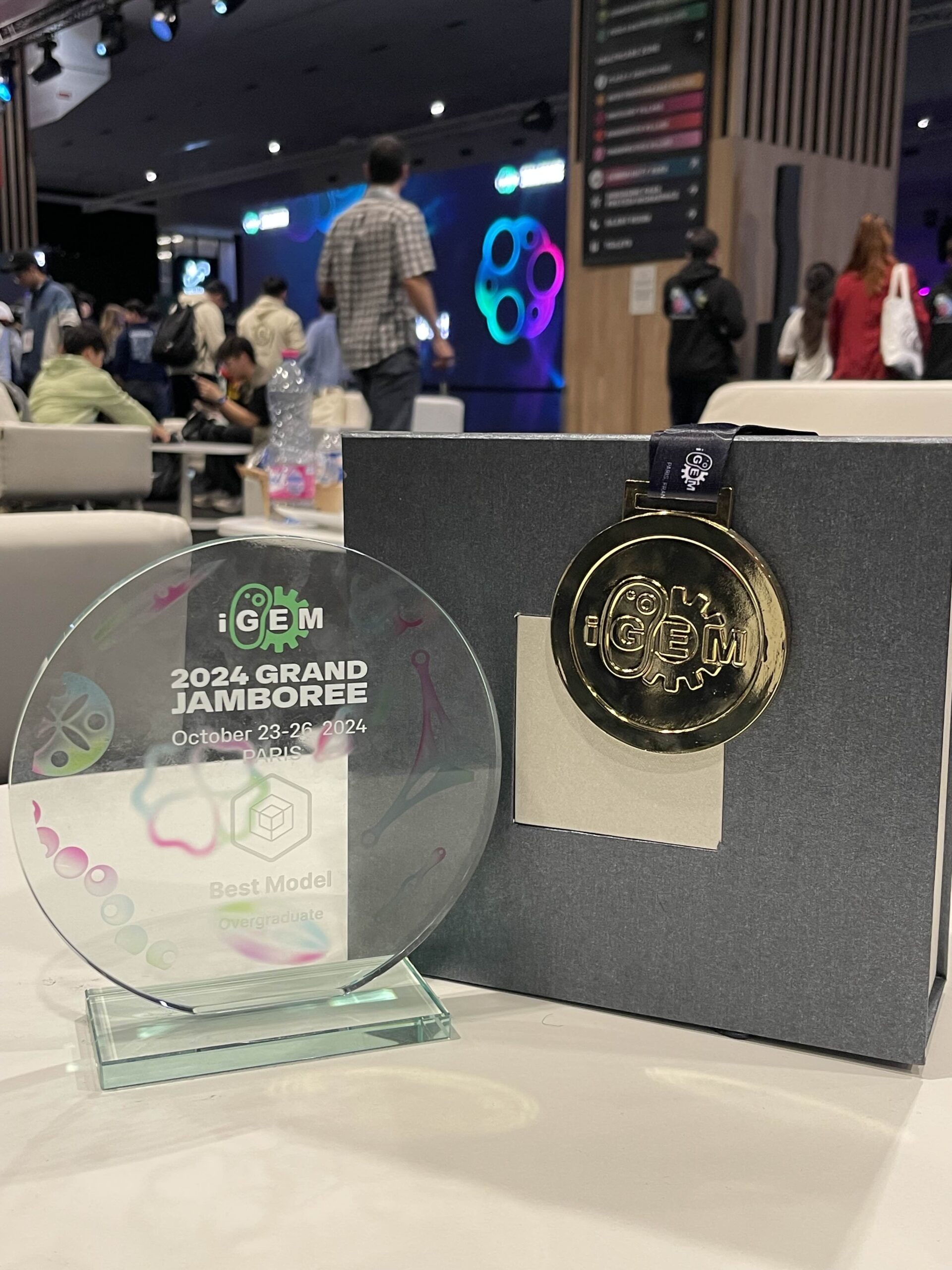
The team had to consider challenges from multiple perspectives, including working with large data sets of plasmid sequences to train the Plasmid.AI model. They also had to ensure they were putting guard rails around the model to filter out and prevent the output of harmful sequences.
The human practices sub-team, led by Esha Mohan, a fourth-year student studying environmental science and ecology & evolutionary biology, was tasked with designing a framework to address the safety and regulatory considerations of the project.
“The idea of being able to make any new DNA sequence with any new functionality, despite it being very far down the road, is something that would require a lot of regulation and detailed frameworks,” says Bhogal.
While the iGEM Toronto team has been competing since 2007, this past year was one of its teams largest to date with 60 members. It was also the first year iGEM Toronto had a formal entrepreneurship team.
This sub-team, led by Santiago Plata Salazar, a fourth-year student studying fundamental genetics and cellular & molecular biology, was one of the only iGEM teams to participate in the BioInnovation Fair at iGEM’s Grand Jamboree in Paris — an event featuring startups, incubators, venture capitalist and industry leaders.
The startup also competed in The U of T Entrepreneurship Hatchery’s Demo Week 2024 this fall and is now continuing its work towards commercialization in the Go To Market stage.
“I think one of the reasons for our success this year was our cohesion and strong team dynamics,” says Fallahpour. “Having a shared vision and strong communication ensured that all the sub-teams were able to build on top of each other’s work.”
“It was a monumental effort from everyone and to see the raw passion and talent coming from each team member was truly incredible,” adds Bhogal. “I am truly grateful for the support of my fellow co-president, Amogh, and to all of the dedicated sub-team leads, team members, advisors, faculty and sponsors that made this project a success.”
The team plans to continue to explore this work with the support of their academic advisors.
“Next steps include improving the model, fully characterizing the generated plasmids and comparing them with natural plasmids,” says Lan. “Eventually, we hope to focus the model to generate plasmids with qualities that are useful in biotechnology.”

